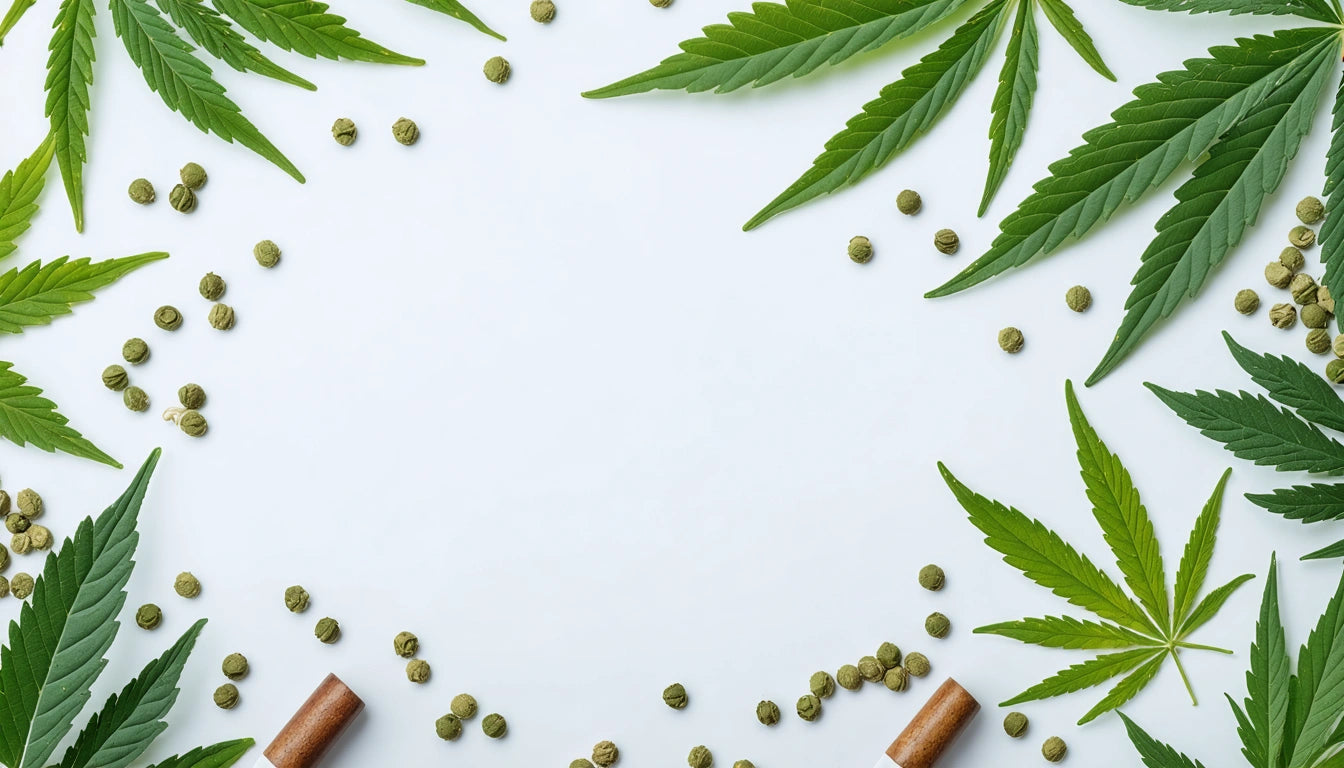Table of Contents
As the cannabis industry matures, producers face increasing pressure to optimize operations while maintaining strict compliance standards. Packaging automation offers a solution to these challenges by streamlining processes, reducing labor costs, and ensuring consistency. This guide explores the benefits, ROI calculations, and implementation strategies for cannabis packaging automation.
Why Packaging Automation Matters in Cannabis
Cannabis packaging presents unique challenges that automation can address effectively. Manual packaging processes are labor-intensive, prone to human error, and difficult to scale. As production volumes increase, these inefficiencies become more pronounced, directly impacting profitability.
Automation systems can handle various cannabis products, from flower to concentrates and edibles, each with specific packaging requirements. By implementing automated solutions, producers can achieve consistent quality while meeting regulatory demands.
Key Automation Technologies for Cannabis Packaging
Filling and Weighing Systems
Automated filling machines ensure precise weight measurements for flower and pre-rolls. These systems typically offer accuracy within 0.01 grams, significantly reducing product giveaway while maintaining compliance with weight regulations.
Capping and Sealing Equipment
Consistent sealing is critical for product freshness and compliance. Automated capping machines apply uniform pressure and heat sealing, ensuring tamper-evident packaging meets regulatory standards.
Labeling Solutions
Automated labeling systems apply compliant labels with consistent placement and orientation. These systems can integrate with inventory management software to ensure accurate batch information, potency details, and required warnings.
Compliance Benefits of Automated Packaging
Regulatory compliance remains a significant challenge in cannabis packaging. According to regulatory standards for child-resistant packaging, packages must be significantly difficult for children under five to open while remaining accessible for adults. Automated systems ensure consistent application of these child-resistant features.
Automation also addresses compliance through:
- Consistent application of required warning labels
- Precise dosage control for edibles and concentrates
- Reliable implementation of tamper-evident features
- Accurate tracking for seed-to-sale compliance
By minimizing human error in these critical areas, producers can avoid costly recalls and regulatory penalties. For multi-state operators, automation helps maintain consistency across different regulatory environments, as detailed in this guide for MSOs.
Calculating ROI for Packaging Automation
The return on investment for packaging automation depends on several factors, including production volume, labor costs, and compliance requirements. A comprehensive ROI calculation should consider:
Direct Cost Savings
Labor reduction typically represents the most significant direct saving. Mid-sized producers often see labor requirements decrease by 40-60% in packaging operations. Additional direct savings come from reduced product giveaway through precise weighing and decreased material waste.
Indirect Benefits
Indirect benefits include improved quality control, reduced compliance risks, and increased production capacity. These factors can be more difficult to quantify but often exceed direct savings in long-term value.
A typical ROI timeline for cannabis packaging automation:
- Small operations (under 10kg daily): 12-18 months
- Medium operations (10-50kg daily): 8-12 months
- Large operations (over 50kg daily): 4-8 months
For a detailed breakdown of packaging costs and budgeting strategies, refer to this wholesale packaging cost guide.
Implementation Strategies for Different Operation Sizes
Phased Approach for Small Producers
Small producers can begin with semi-automated solutions that address specific bottlenecks. Pre-roll filling machines and tabletop labelers offer affordable entry points with quick returns. As operations scale, these initial investments can be integrated into more comprehensive systems.
Comprehensive Solutions for Larger Operations
Larger producers benefit from end-to-end automation lines that handle everything from filling to final packaging. These systems often incorporate custom branding elements, as discussed in this guide to standing out on dispensary shelves.
The Future of Cannabis Packaging Automation
As the industry evolves, packaging automation is integrating with emerging technologies like RFID tracking, QR codes, and blockchain for enhanced traceability. These innovations support both compliance and consumer engagement, creating new opportunities for brand differentiation.
Sustainability considerations are also driving automation developments. New systems are designed to work with compostable and regenerative packaging materials, helping producers meet growing consumer demand for environmentally responsible products.
For forward-thinking cannabis producers, packaging automation represents not just an operational improvement but a strategic advantage in an increasingly competitive market. By investing in the right automation solutions, producers can achieve the trifecta of improved efficiency, enhanced compliance, and stronger brand presentation.











Leave a comment
All comments are moderated before being published.
This site is protected by hCaptcha and the hCaptcha Privacy Policy and Terms of Service apply.